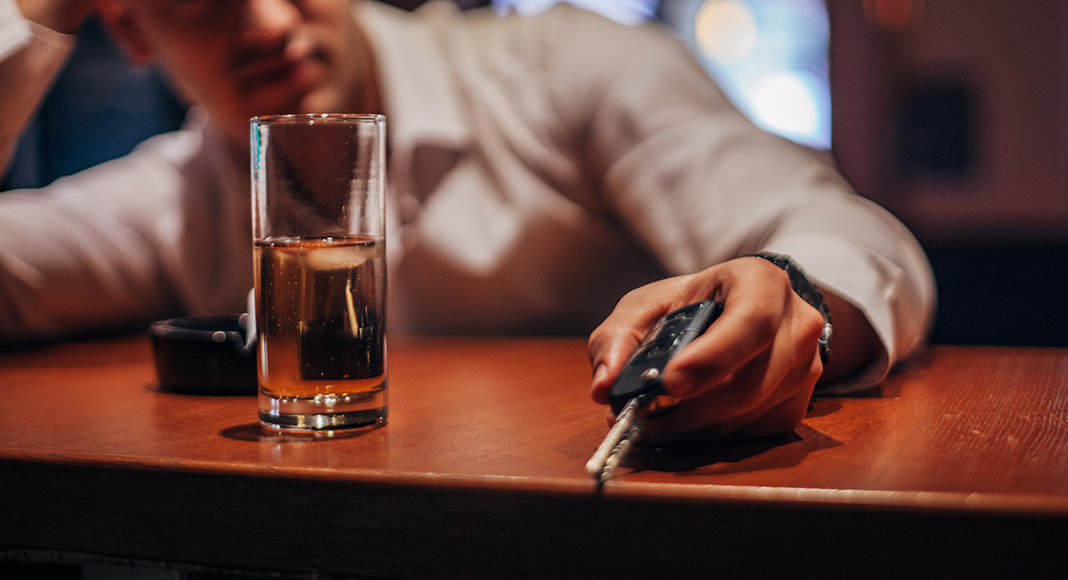Alcohol interlocks in the cars of high-risk drunk drivers stopped 37,061 attempts to use the vehicle last year, according to new statistics revealed by the AA.
An alcohol interlock works like an in-car breathalyser and became a mandatory sentence for many high-risk drunk drivers from 2018 in New Zealand.
Once they are installed the driver must do a breath test before turning the car on, and if the device detects alcohol above a certain level it will not let the vehicle start.
âInterlocks stopped more than 100 high-risk drunk drivers with alcohol in their system from being out on our roads every day in 2020,â said AA road safety spokesperson Dylan Thomsen.
â100 potential drunk drivers stopped each and every day is a staggering number â especially when you consider that there are only a few thousand interlocks in use across the country.
âIf there werenât interlocks in those vehicles, those drivers would have simply turned the key and been able to put themselves and others at risk on the road again. Instead the car just wonât start and thereâs no risk of a crash.â
The data the AA has gathered does not consistently record what level of alcohol was in the driverâs system but interlock providers said that a substantial proportion of the attempts were at levels above the legal limit.



















